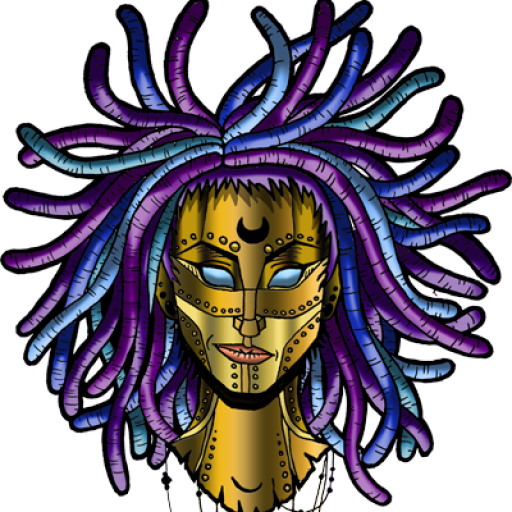 I’m not sure where the idea came from, but when you get dreadlocks your hair does not magically start growing out dreaded! It takes time for your hair to start knotting by itself at the roots.
I’m not sure where the idea came from, but when you get dreadlocks your hair does not magically start growing out dreaded! It takes time for your hair to start knotting by itself at the roots.
At any point in the locking process it’s considered “normal” to have between 1″ and 3″ of loose, undreaded growth at your roots. Having at least a little bit of loose hair is even considered desirable by some. It can help to shield your scalp from the elements (cold, wind, sun, etc.) and gives the appearance of better scalp coverage especially in the case of people who may have particularly thin hair. The goods new is, though, that usually the older your dreadlocks get, the closer to your scalp they tend to lock on their own without assistance.
The first thing to look into is what product(s) you are using! Are you using wax? STOP! It acts as a lubricant and actually PREVENTS locking. Not to mention that it doesn’t magically wash out the way product companies tell you it does. It builds up and overtime leads to mold growth. What shampoo are you using? Just because a shampoo is “all-natural”, “organic”, or even it says it’s “residue-free” doesn’t necessarily mean it’s good for dreadlocks. Unfortunately terms like “anti-residue” or “residue-free” have become misleading marketing buzzwords used to sell products that aren’t really either of those things. The wrong product can lubricate the hair and prevent locking and lead to build-up and issue with mold down the road.
Some folks like the appearance of these loose hairs. (Some refer to it as a “lion’s mane”, “halo”, or “crown”.) If you are one of the people who enjoy the appearance of neglect then you don’t need to do anything. There is nothing wrong with having this loose hair. The exception to that statement is that sometimes, (and this usually happens to locks around the hairline) so much loose hair at the roots that are not incorporated into the “correct” dreadlocks can lead to thin, weak roots and possible even dreadlock loss altogether. In that situation, it may be wise to pull some of that loose hair in to reinforce and strengthen that dreadlock.
If you are one of those people who doesn’t enjoy the halo of loose hair, there are things you can do. Any kind of friction or rubbing to the roots/scalp will encourage the new growth to lock up. Some achieve this by simply wearing wool hats, or actively rubbing the head with wool on a regular/daily basis. Clock-wise (root) rubbing is a variation on this concept. With these techniques it is especially important to stay on top of your separating. In addition to getting the new growth to lock up, period, it sometimes has a tendency to lock together. So unless you want a lot of congoing keep up with your regular separating!
If you’re feeling like being even more proactive you can use a latch hook or needle and thread to pull the loose hair in and attempt to crochet your roots to encourage them to lock up. However, we have to really caution folks to avoid this method unless they are really comfortable with it and feel competent with the necessary technique. If you crochet too much or incorrectly you can cause a lot more damage than you are “fixing”, not to mention the risk of injury to your hands and fingers if your aim is off! (Our artists are constantly injuring themselves and we’re the professionals!)
Speaking of professionals, that is the next thing you can do! Come see us (or any reputable dreadlock artist, for that matter) and we’ll fix ’em up good and tight. However, it’s important to realize that loose hair at the roots is a constant “issue” you’ll have to deal with and maintain over the lifetime of having dreadlocks. Hair is constantly falling out (we lose up to 100 strands of hair daily as part of the normal, healthy growth cycle of hair!) and growing new strands. Those new strands take time to be long enough to stay put in your dreadlocks so if you want to minimize loose hair, you’ll have to periodically pull them in again.
Just remember that the only things you “should” do for dreadlocks is to wash them and keep them separate! Everything else is just bonus extras.
